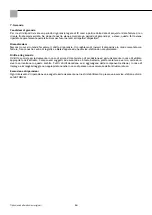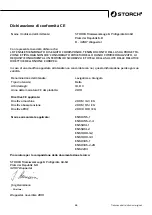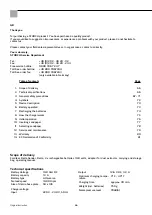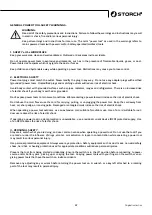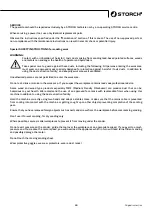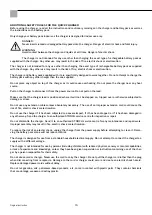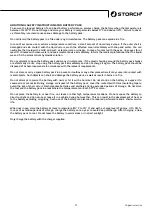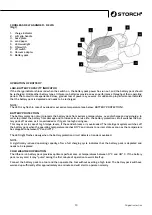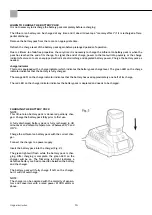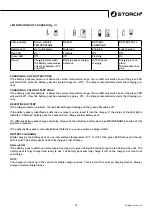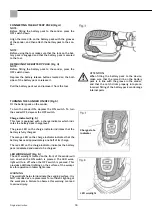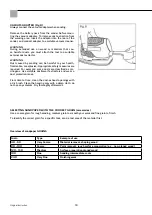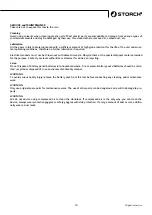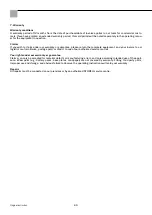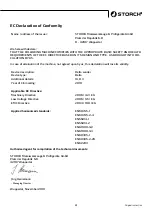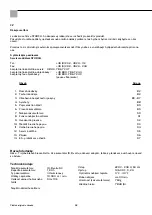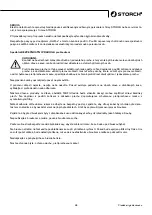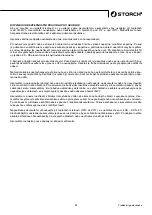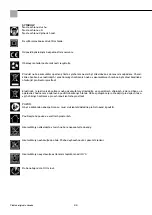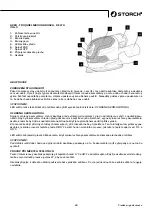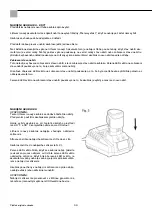
77
FITTING SANDPAPER
(Fig. 7)
Remove the battery pack from the sander.
Brush sand and deposits off the Velcro base plate.
Align the sandpaper with the base plate and press firmly
into place to ensure a firm bond.
SANDING
The sander is suitable for most sanding work on material
such as wood, plastics, metal and painted surfaces.
WARNING:
After extended periods of use, do not touch the ventilation
apertures as they can become very hot.
Wear safety goggles, dust mask, and hearing protection.
The removal rate and the sanding pattern are determined by the choice of sandpaper and the work surface.
Apply uniform sanding pressure to extend the life of the sandpapers.
Intensifying the sanding pressure does not lead to an increase of the sanding capacity, but instead it increases wear on
the machine and the sandpaper.
Use only the tip or an edge of the sanding sheet for precise sanding of edges, corners and hard to reach areas.
When selectively sanding on one spot, the sandpaper can heat up considerably. Remove the tool from the surface perio-
dically to permit the sandpaper to cool down.
A sandpaper sheet that has been used for metal should not be used for other materials.
Always connect the vacuum adapter when sanding.
ATTENTION:
If possible, clamp smaller workpieces to a workbench.
Original instruction


